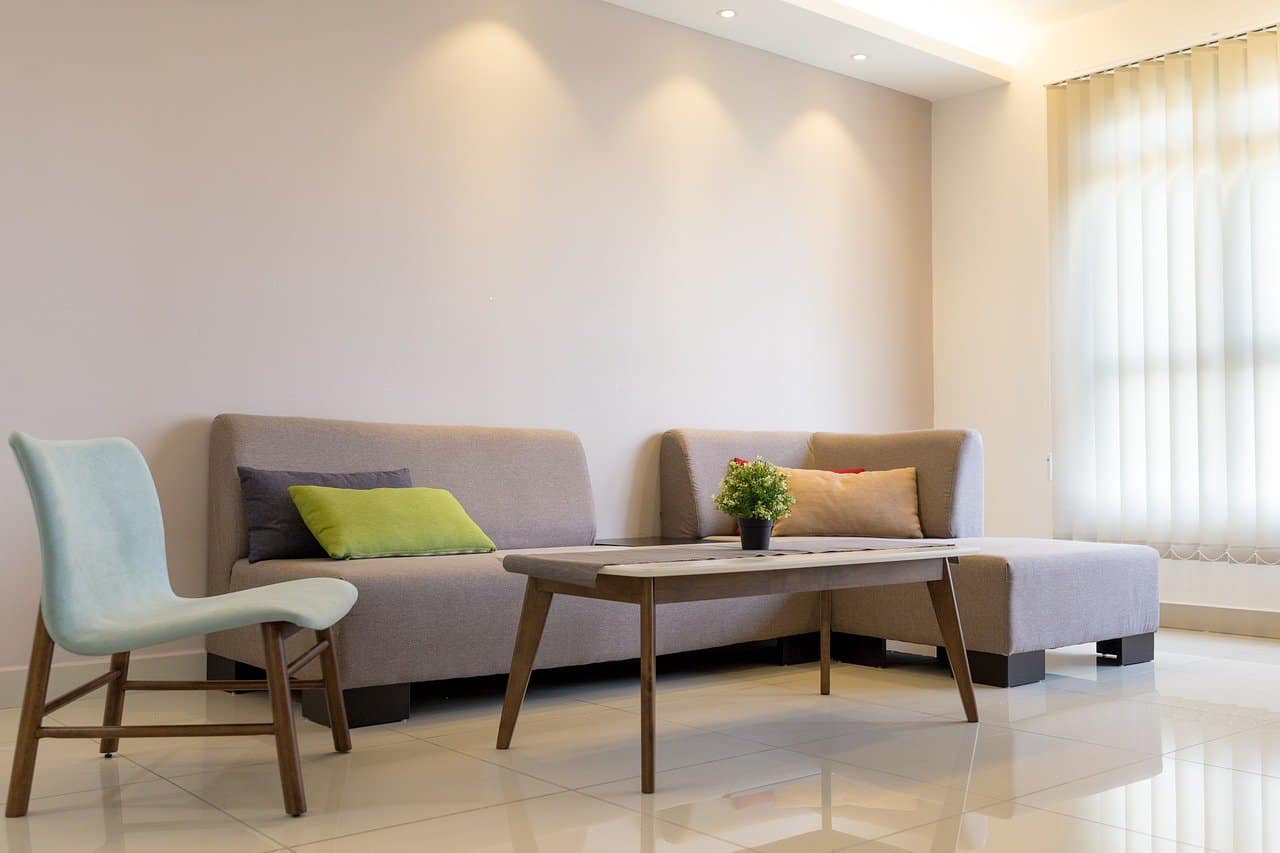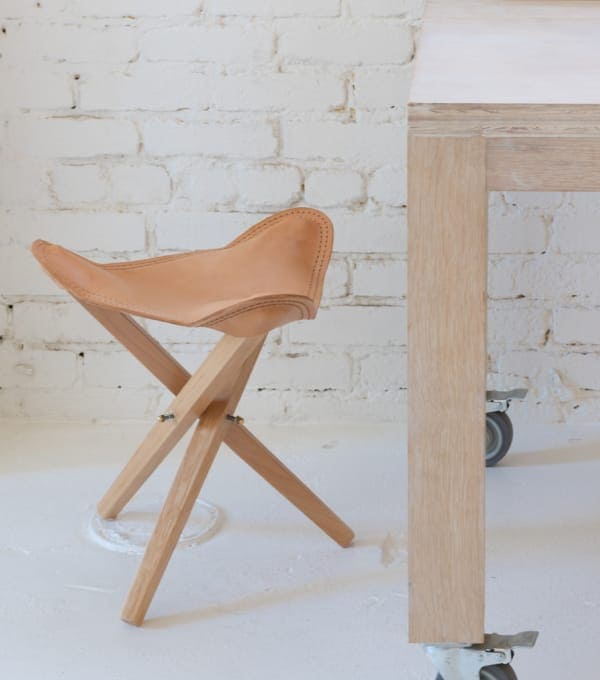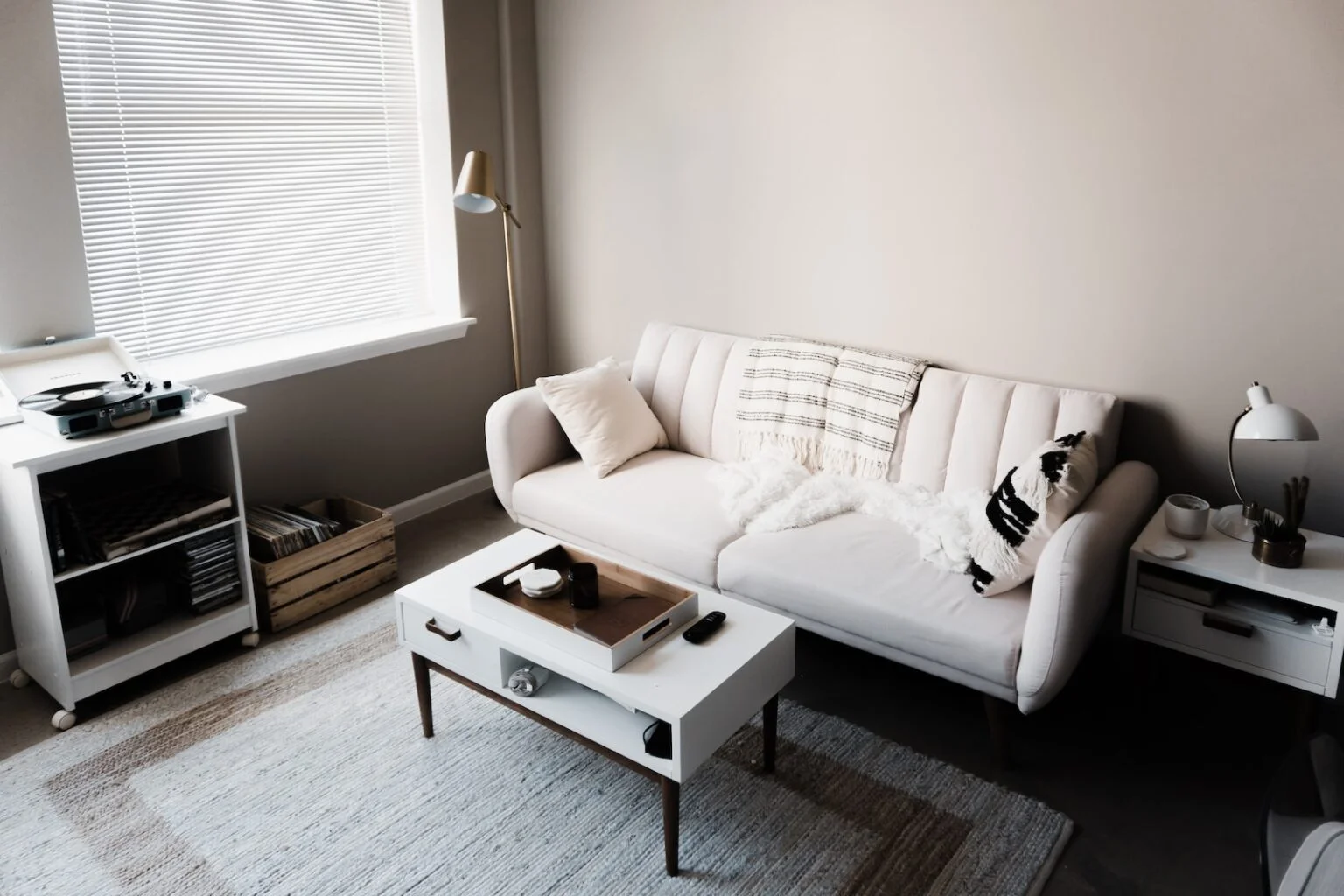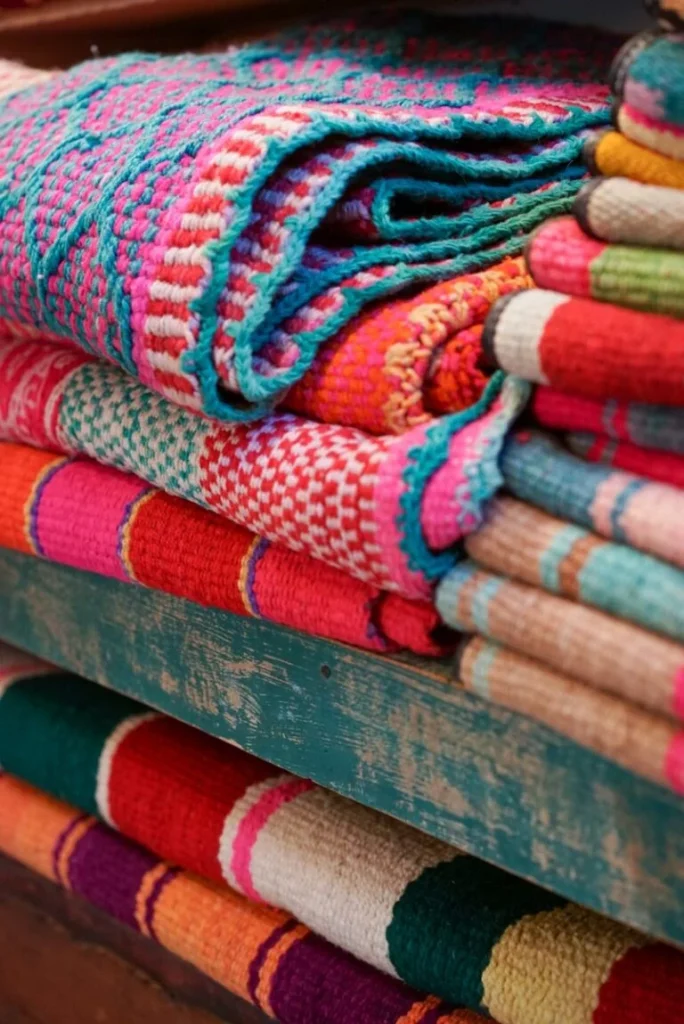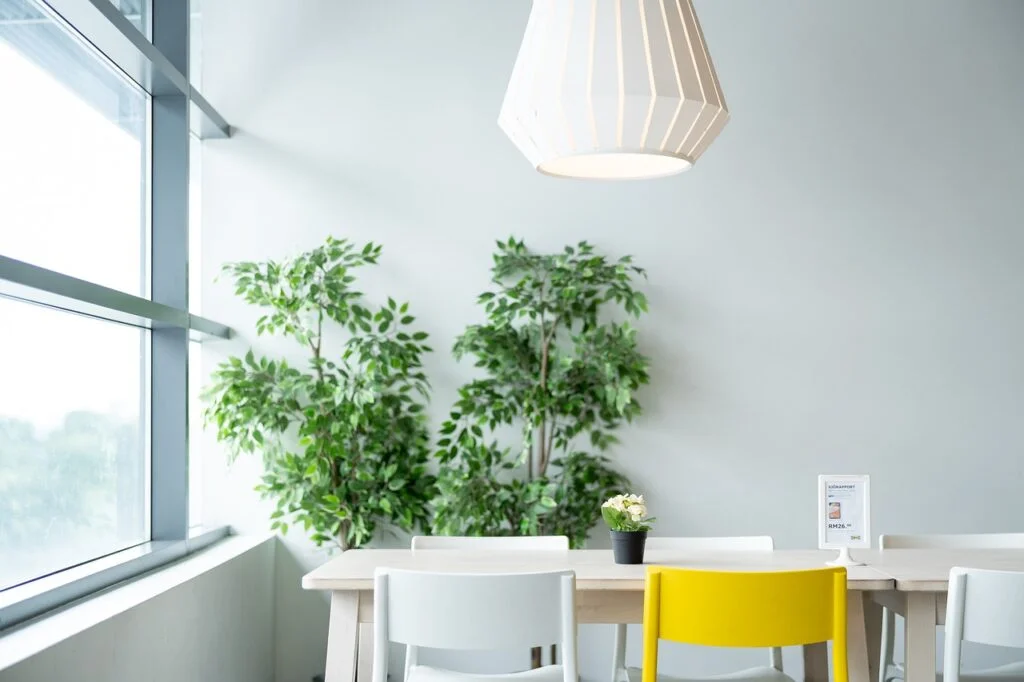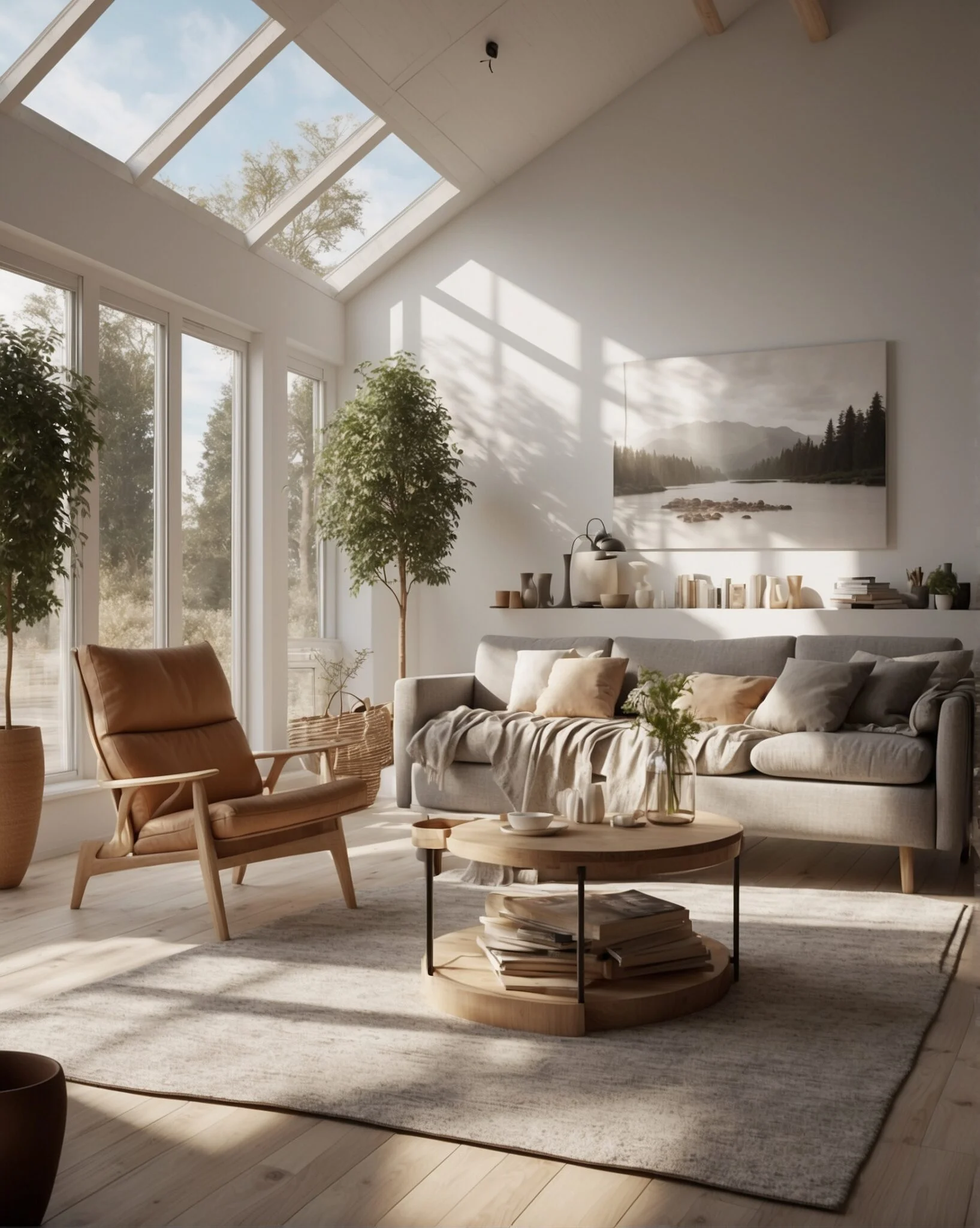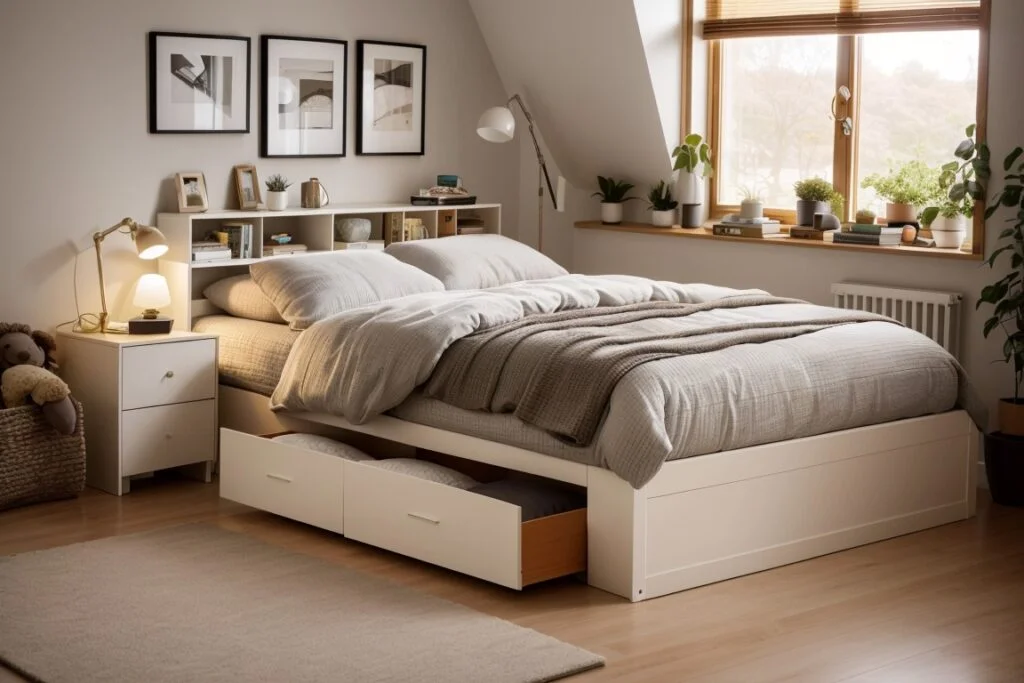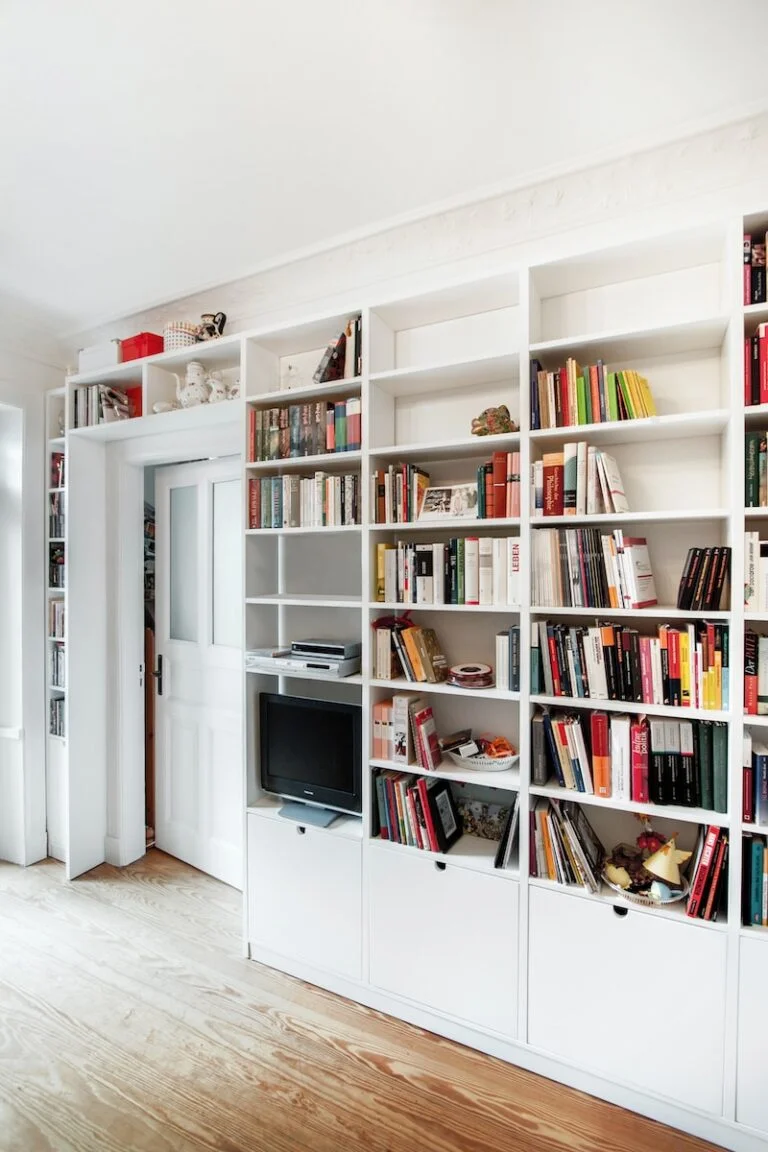
by newbeltane | Oct 14, 2024 | Lifestyle, Nordic, Outdoors
Introduction to Nordic Pole Walking
Nordic pole walking is a unique outdoor activity that combines traditional walking with the use of specially designed poles, creating a full-body workout that engages multiple muscle groups. Originating in Finland during the late 1930s, it was initially developed as a summer training method for cross-country skiers. Over the decades, it has evolved into a popular fitness activity embraced across the globe for its numerous health benefits.
The technique of Nordic walking includes a few simple yet effective principles. Participants hold the poles at an angle that allows for a natural arm swing, mirroring the mechanics of skiing. This movement not only helps propel the walker forward but also promotes a more upright posture, ensuring the engagement of core muscles. What distinguishes Nordic walking from regular walking is the use of poles, which can enhance stability and reduce the strain on joints, making it an ideal exercise option for individuals of all ages and fitness levels.
This growing popularity as a low-impact exercise is further supported by research highlighting its health benefits. Studies indicate that Nordic walking can burn more calories compared to walking without poles, due to the increased activation of upper body muscles. Moreover, it is known to improve cardiovascular fitness, enhance balance and coordination, and reduce stress on lower body joints. Many adherents also appreciate how the use of poles allows for a smooth and rhythmic walking pattern, facilitating a more enjoyable outdoor experience.
In essence, the combination of accessible technique, comprehensive health benefits, and the social aspect of walking in groups has contributed to the widespread adoption of Nordic walking. As more individuals recognize the advantages of hitting the trails with poles, this dynamic workout continues to gain traction in fitness circles worldwide.
Physical Health Benefits of Nordic Pole Walking
Nordic walking, a low-impact exercise that involves walking with specially designed poles, offers a wide range of physical health benefits. This engaging activity not only promotes cardiovascular fitness but also enhances overall strength and endurance. Here are some significant health improvements associated with Nordic walking:
- Improved Cardiovascular Fitness: Engaging in Nordic walking can elevate heart rate and cardiovascular health. The incorporation of poles encourages a full-body workout that not only strengthens the heart but also boosts lung capacity.
- Enhanced Strength and Endurance: The use of poles activates the muscles of the upper body, including the arms, shoulders, and core. This leads to increased muscle strength and greater stamina over time, making everyday activities easier to perform.
- Increased Calorie Burn: Nordic walking can burn more calories compared to regular walking, approximately 20-46% more, depending on intensity and body weight. This is attributed to the addition of upper body movement, which engages more muscles.
- Better Overall Joint Health: The pole support reduces strain on joints, promoting better joint function and flexibility. This can be particularly beneficial for individuals with chronic joint issues or arthritis, as it allows for an effective workout without excessive impact.
- Improved Posture and Stability: Nordic walking encourages proper alignment and posture. The poles provide additional support and stability, which can help to improve balance and reduce the risk of falls.
Engaging in Nordic walking regularly may lead to numerous improvements in physical health. These benefits contribute to a higher quality of life and an overall sense of well-being. Therefore, individuals seeking to enhance their fitness level and enjoy the outdoors may find Nordic walking to be an excellent choice.
Mental Health Advantages
Nordic pole walking presents a multitude of mental health benefits that can significantly enhance overall well-being. The combination of rhythmic movements associated with walking and the engaging activity of using poles stimulates both the body and mind. Participants often report reduced stress levels, which can be attributed to both physical activity and the serene backdrop of nature. The natural surroundings encountered while hiking often lead to a sense of tranquility, helping to alleviate feelings of anxiety and tension.
One of the key mental health advantages of Nordic walking is its ability to improve mood. Engaging in physical exercise releases endorphins, known as the “feel-good” hormones. These natural chemical messengers can elevate one’s emotional state, fostering a sense of happiness and reducing symptoms associated with mild depression. Moreover, the structured nature of Nordic walking encourages individuals to set goals, whether they involve distance, time, or technique, which can contribute positively to self-esteem and motivation levels.
Enhanced mental clarity is another benefit derived from this low-impact exercise. As participants engage their body through the use of poles while walking, they often experience mental alertness and heightened focus. Being outdoors has also been associated with improved cognitive function, where the combination of fresh air and physical exertion can clear mental fog, thus enabling enhanced creativity and problem-solving abilities.
In conclusion, Nordic walking serves as an effective tool for promoting mental health. By merging nature with physical activity, individuals can experience reduced stress, improved mood, and enhanced mental clarity. These benefits make Nordic walking not only a physical exercise but also a holistic approach to fostering mental well-being.
Accessibility and Inclusivity
Nordic pole walking is a unique and versatile form of exercise that promotes accessibility and inclusivity for individuals of varying ages and fitness levels. Unlike many traditional forms of exercise that may require advanced skills or specific environments, Nordic walking can be easily adapted to cater to a broader audience. This adaptability makes it an appealing option for beginners, seniors, and those with physical limitations.
For novice exercisers, Nordic walking offers a gentle introduction to physical activity. The use of poles provide stability and support, which can increase confidence and encourage participation. Beginners can start walking at their own pace, gradually increasing intensity as they become more comfortable with the technique. It is also a low-impact exercise that minimizes stress on joints, making it ideal for individuals who are new to fitness or have prior injuries.
Moreover, older adults particularly benefit from Nordic walking. Engaging in this form of exercise helps improve balance, strength, and cardiovascular health. Many communities offer organized Nordic walking groups specifically designed for seniors, creating a social aspect that fosters a sense of belonging. This participation can significantly enhance the overall experience, encouraging continued involvement in physical fitness.
Individuals with physical limitations can also experience the advantages of Nordic walking through various adaptations. Adjustments, such as utilizing specialized walking poles or modifying walking distances, can ensure everyone finds a level of participation suitable for their needs. Additionally, Nordic walking can be practiced in diverse environments, from parks to urban settings, effectively removing barriers related to location and accessibility.
In conclusion, Nordic walking’s adjustable nature makes it an inclusive and accessible exercise option for individuals regardless of age or fitness level. By promoting engagement through social interaction and adaptability, it encourages a healthier lifestyle for all participants, emphasizing the significant benefits of this unique activity.
Equipment Essentials
Nordic pole walking is not only a form of exercise but also an enjoyable way to explore nature. To fully embrace this activity, having the right equipment is essential. The cornerstone of Nordic walking is the use of specially designed poles, which aid in balance, stability, and maximize upper body engagement. When selecting poles, consider materials such as aluminum or carbon, as these offer a balance between lightweight durability and shock absorption. Additionally, adjustable poles can accommodate different terrain and individual preferences, making them an excellent choice for new and experienced walkers alike.
Footwear also plays a crucial role in enhancing your Nordic walking experience. Look for shoes that offer good support, cushioning, and traction. Trail running shoes or dedicated walking shoes are often recommended since they provide the necessary grip for various surfaces encountered on the trails. A proper fit is vital; try on shoes later in the day when your feet are slightly swollen to ensure maximum comfort during your walks.
Comfortable clothing is another important consideration when engaging in Nordic walking. Opt for moisture-wicking fabrics that help keep you dry and comfortable, as exercising can produce sweat. Layers are advisable, allowing you to adjust based on temperature fluctuations throughout your activity. Investing in a lightweight, breathable jacket can also protect you from wind and rain without adding bulk. Additionally, consider using padded walking gloves, as they can enhance grip and comfort while using poles, especially on longer treks.
Ultimately, investing time in selecting the right Nordic walking equipment can greatly enhance your enjoyment and effectiveness as you hit the trails. With proper poles, suitable footwear, and comfortable clothing, you can relish the full benefits of this invigorating physical activity.
How to Get Started with Nordic Pole Walking
Beginning your Nordic walking journey requires understanding the right techniques, preparing your body, and knowing where to find resources or classes. This step-by-step guide will assist you in embarking on a fulfilling Nordic walking experience.
First and foremost, it is essential to invest in a proper pair of Nordic walking poles. These poles are designed specifically for walking, featuring wrist straps and pointed tips for better grip. When selecting the right size, stands typically recommend that the poles be adjusted to around 70% of your height.Many sporting goods stores or specialty outdoor retailers offer poles with adjustable lengths.
Once you have your walking poles, practice using them. Begin by placing the poles at a 30-degree angle behind you while walking. As you step forward, drive the pole back while extending your arm fully, using a motion similar to cross-country skiing. This technique engages the upper body and enhances the overall fitness benefits of Nordic walking. Maintain a comfortable pace, letting the poles help propel you forward.
In addition to mastering the technique, a proper warm-up routine is crucial. Engaging in light stretching or dynamic movements can help prepare your muscles for the physical activity ahead. Simple exercises like arm circles and leg swings enhance flexibility and circulation, ensuring a more enjoyable walk. A warm-up should last approximately 5-10 minutes to adequately prepare your body.
To find local Nordic walking classes, check with community centers, local parks, or fitness organizations that might offer guided sessions. Many hiking and fitness clubs also have designated trails for Nordic walking. Additionally, online platforms and social media can be helpful in connecting with local enthusiasts or finding guided walks.
In conclusion, starting Nordic walking involves selecting the correct equipment, mastering effective techniques, warming up properly, and seeking resources in your area. With practice and dedication, you will soon enjoy the numerous benefits that this invigorating activity has to offer.
Tips for Maximising Your Nordic Pole Walking Experience
Nordic walking is an enjoyable and effective way to enhance physical fitness while immersing yourself in nature. To maximize your experience, consider the following practical tips:
- Select Scenic Trails: Choose picturesque routes that not only challenge you physically but also provide a calming atmosphere. Walking in nature helps to alleviate stress and increases your overall enjoyment of the activity.
- Vary Intensity Levels: Modify the intensity of your walking sessions to better align with your fitness goals. Incorporate both brisk walking for cardiovascular benefits and slower paces to enjoy your surroundings. This variation keeps your routine engaging and beneficial.
- Join a Group: Participating in a Nordic walking group can enhance your experience socially and motivationally. Group walks can encourage accountability, and you may benefit from the company of individuals who share your interests in fitness and the outdoors.
- Incorporate Interval Training: To improve your cardiovascular health and stamina, consider associating Nordic walking with interval training. Alternate between periods of high-intensity walking and lower-intensity segments. This technique not only boosts calorie expenditure but also enhances endurance.
- Use Correct Technique: Ensure that you are utilizing the correct Nordic walking technique to maximize the effectiveness of the exercise. Maintain an upright posture, engage your core, and swing your arms naturally, utilizing the poles to enhance your walking motion.
- Dress Appropriately: Wear weather-appropriate clothing and comfortable footwear designed for walking. Proper attire can significantly enhance your experience, allowing you to focus on your activity rather than discomfort.
By incorporating these practical tips into your routine, you can elevate your Nordic walking experience to new heights, ensuring it remains a fulfilling and beneficial activity.
Key Takeaways
Nordic pole walking has emerged as a popular and effective form of exercise, providing numerous physical and mental health benefits. One of the primary advantages of this activity is its ability to engage multiple muscle groups. By utilizing walking poles, participants can activate their upper body, which enhances calorie burning and promotes overall strength. This low-impact exercise is especially beneficial for individuals seeking a joint-friendly workout, making it ideal for those recovering from injuries or living with chronic pain.
Moreover, Nordic walking significantly contributes to improved cardiovascular health. Regular participation in this activity can lead to enhanced heart and lung capacity, ultimately reducing the risk of heart disease. The rhythmic nature of the movements also fosters better coordination and balance, which is essential for maintaining physical fitness as we age.
Beyond the physical benefits, Nordic walking offers considerable mental health advantages. Engaging in outdoor activity while surrounded by nature has been shown to elevate mood and reduce stress levels. Studies have indicated that walking in green spaces can enhance mental well-being, making Nordic walking an enjoyable and fulfilling experience. Additionally, the social aspect of this sport cannot be overlooked; it provides opportunities for individuals to connect with others, thus combating loneliness and fostering camaraderie.
The accessibility of Nordic walking is another key point worth noting. This activity requires minimal equipment; a quality pair of walking poles and comfortable shoes are sufficient to get started. As a result, individuals of all fitness levels can integrate Nordic walking into their routines seamlessly. Its adaptability allows for progressive challenges, enabling participants to set personal goals and gradually increase their intensity or duration.
In conclusion, Nordic walking is a holistic fitness option that offers unparalleled benefits for both physical and mental health, making it an excellent choice for those looking to improve their overall well-being.
Frequently Asked Questions (FAQs)
Nordic pole walking has gained popularity as a low-impact exercise suitable for various age groups and fitness levels. Below are some commonly asked questions regarding this activity.
- Is Nordic pole walking suitable for all ages?Yes, Nordic walking is designed to accommodate people of all ages and fitness levels. It can be particularly beneficial for older adults seeking a gentler form of exercise that promotes cardiovascular health without excessive strain on the joints.
- How long should a Nordic pole walking session last?For beginners, it is recommended to start with sessions of 20 to 30 minutes, gradually increasing duration as endurance builds. Most experienced Nordic walkers aim for sessions of 30 to 60 minutes, depending on their fitness goals and individual circumstances.
- How does Nordic pole walking compare to other forms of exercise?Nordic walking combines the benefits of traditional walking with the added engagement of the upper body through the use of poles. This results in a full-body workout that burns more calories than regular walking. Additionally, the poles help improve posture, stability, and balance, making it a unique option compared to other exercises like cycling or running.
- Do I need special equipment to start Nordic pole walking?While specialized Nordic walking poles are recommended for optimal technique and safety, nearly anyone can start with basic walking poles. Investing in proper equipment will enhance the overall experience and effectiveness of the workout.
- Can Nordic pole walking help with weight loss?Yes, due to its intensity and the involvement of multiple muscle groups, Nordic walking can contribute to weight loss when practiced regularly and combined with a balanced diet.
By addressing these commonly raised questions, individuals can better understand the benefits and suitability of Nordic pole walking as part of a balanced fitness routine.

by newbeltane | Nov 24, 2023 | Hygge Lifestyle, Lifestyle, Skandi Living, Sustainability, Sustainable Living
The Allure of Sustainable Living:

Embracing Skandi Principles
Sustainable Living Unveiled
Are you tired of the never-ending cycle of consumerism and waste? Have you considered making more conscious choices to reduce your impact on the planet? That’s where sustainable living comes into play. What is sustainable living, you ask?
It’s a lifestyle that prioritises using resources in a way that doesn’t compromise future generations’ ability to meet their needs. It involves minimising waste, supporting ethical companies and making eco-friendly choices. But sustainable living isn’t just good for the planet. It’s also good for us!
The Skandi way of sustainable living adopts simple and practical principles such as minimalism, hygge and lagom. Minimalism involves owning only what’s essential, decluttering, and getting rid of excess. Hygge is all about cosiness, comfort, and cultivating a warm and inviting atmosphere. And lagom promotes balance, moderation, and enough instead of excess.

Now, embracing these principles might sound daunting, but it’s easier than you think. Small changes can make a big impact. For example, you could reduce waste by using reusable bags, choosing refillable bottles, or composting. You can also choose to support ethical brands and opt for eco-friendly products. But it’s worth acknowledging that sustainable living isn’t without its challenges.
For one, it can be expensive. Sustainable products are often priced higher than their less environmentally friendly alternatives, making it less accessible to some. Additionally, the Skandi way might not be suitable for everyone, and there might be limitations to its applicability.
Embracing Skandi principles:
Minimalism encourages people to focus on what matters most in life and let go of the rest. By reducing the clutter in your life, you can free up time, space, and energy to focus on the things that bring you joy and fulfillment. Hygge is a Danish word that encompasses coziness, warmth, and contentment. By creating a comfortable, relaxed home environment, people can cultivate a sense of well-being and happiness.

Lagom is a Swedish concept that means “just enough.” By living a balanced life that avoids excess, people can reduce waste and consumption while still enjoying a rich and fulfilling existence. Implementing sustainable living practices: There are many ways to embrace sustainable living, from reducing waste and choosing eco-friendly products to supporting ethical companies.
By making small changes, we can all make a big impact on the environment and on our own lives. Challenges of sustainable living: While there are many benefits to sustainable living, there are also some potential hurdles to overcome. For example, embracing minimalist principles can be a challenge in a culture that values material possessions. Additionally, sustainable products can be more expensive than their non-sustainable counterparts.
Implementing sustainable living practices:
Implementing sustainable living practices can seem like a daunting task, but small changes can have a big impact. Reducing waste is one way to start. This can involve composting food scraps, using reusable bags, and avoiding single-use plastic products. Another important aspect is choosing eco-friendly products, especially when it comes to household items and personal care.
This might mean investing in products made from natural, biodegradable ingredients or choosing items that are packaged sustainably. Supporting ethical companies is also crucial. For example, instead of buying from fast fashion brands, support companies that pay fair wages and use environmentally friendly materials.
This can also extend to choosing products that are certified by organizations like Fair Trade or B Corp. Sure, making these changes may take some effort, but it’s worth it in the end. Plus, it’s not about being perfect – every little bit helps. And who knows, maybe you’ll end up discovering some great new eco-friendly brands along the way!
Challenges of sustainable living:
Embracing sustainable living comes with its own set of challenges. While Skandi principles focus on minimalism, Hygge, and Lagom, this approach may not be practical for everyone. There are potential limitations that come with strict adherence to these principles.
One potential limitation of the Skandi principles is that it may not be suitable for those living in larger households or those who simply enjoy having more possessions. It can also be challenging to convince others to embrace this lifestyle, especially when it comes to family members who are resistant to changes.
Expense of sustainable products is another challenge in the pursuit of sustainable living. Eco-friendly products tend to be more expensive, making it difficult for those on a tight budget to justify the cost. Additionally, the availability of sustainable products may be limited depending on the geographical location.
However, these challenges shouldn’t deter us from embracing sustainable living. Small steps such as reducing waste, choosing eco-friendly options whenever possible, and supporting ethical companies are all feasible ways to contribute to a better world, even if we don’t fully embrace all Skandi principles.
Conclusion:
Embracing sustainability may seem overwhelming, but even small changes can make a big impact. By incorporating Skandi principles such as minimalism, hygge, and lagom, we can live a more sustainable lifestyle without sacrificing comfort or style.
It’s important to reduce waste, choose eco-friendly products, and support ethical companies. While there may be challenges and expenses associated with sustainable living, it’s a worthwhile investment in our future. Let’s make sustainability a priority and leave a positive impact on our planet.

by newbeltane | Oct 12, 2023 | Interior design, Lifestyle, Multi-purpose Furniture, Skandi Living

Affordable Scandinavian furniture is achievable for everyone. Skandi chic on a budget is all about simplicity, functionality, and minimalism. It’s a design style that focuses on creating a calm and clutter-free space, where every item serves a purpose. One of the key elements of Skandi living is multi-purpose furniture, which maximises space and adds versatility to your home. In this article, we will introduce you to six functional Skandi living pieces that are designed to meet your various needs.
1. Storage Bed

When looking for affordable Scandinavian furniture, look to use using multi-functional furniture such as a bed with built-in storage. This is a perfect solution for small bedroom. It combines a comfortable sleeping area with ample storage space underneath. You can store your extra bedding, clothes, or any other items that need to be kept out of sight. A storage bed can declutter your bedroom and create a more organized and serene environment.
2. Convertible Sofa
A convertible sofa is a must-have for those who frequently host guests or have limited space. During the day, it functions as a comfortable seating area, and at night, it can be easily transformed into a bed. This versatile piece of furniture is practical and adds a touch of elegance to your living room.

3. Extendable Dining Table
An extendable dining table is a game-changer for those who love to entertain but have limited space. It allows you to accommodate more guests when needed, and when not in use, it can be easily folded down to save space. With an extendable dining table, you can enjoy intimate dinners or host large gatherings without compromising on style or functionality.
4. Modular Shelving Unit

A modular shelving unit is a versatile storage solution that can adapt to your changing needs. You can customize the shelves and compartments to fit your belongings and rearrange them whenever you want. Whether you need to display your favourite books, showcase your collection of ceramics, or store your office supplies, a modular shelving unit can do it all.
5. Ottoman with Storage
An ottoman with storage is a practical and stylish addition to any living room. It serves as a comfortable footrest, extra seating, and hidden storage space. You can use it to store blankets, pillows, or even your kid’s toys. With an ottoman with storage, you can keep your living room clutter-free and create a cosy atmosphere.
6. Folding Desk

A folding desk is a space-saving solution for those who work from home or need a dedicated workspace. It can be easily folded and stored when not in use, allowing you to reclaim the space for other activities. A folding desk is not only functional but also adds a touch of elegance to your home office.
Affordable Scandinavian furniture like storage beds and convertible sofas can maximise your available space. Extendable dining tables, modular shelving units, ottomans with storage, and folding desks are designed to make your life easier. They also help make your home more organised. They combine functionality with style, allowing you to create a space that reflects your personality and meets your everyday needs. So, why not embrace the Skandi living philosophy and invest in multi-purpose furniture that will enhance your living experience?
